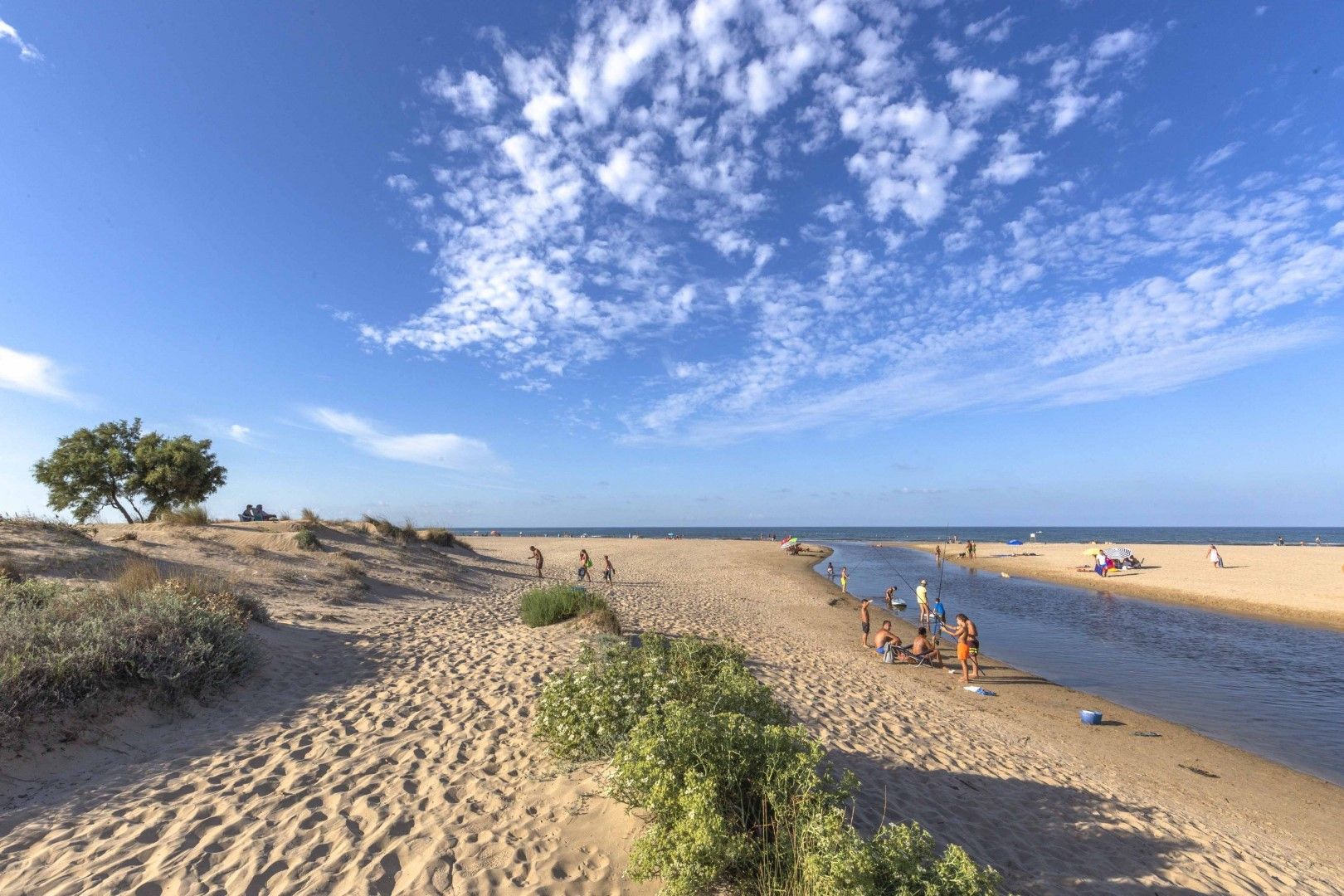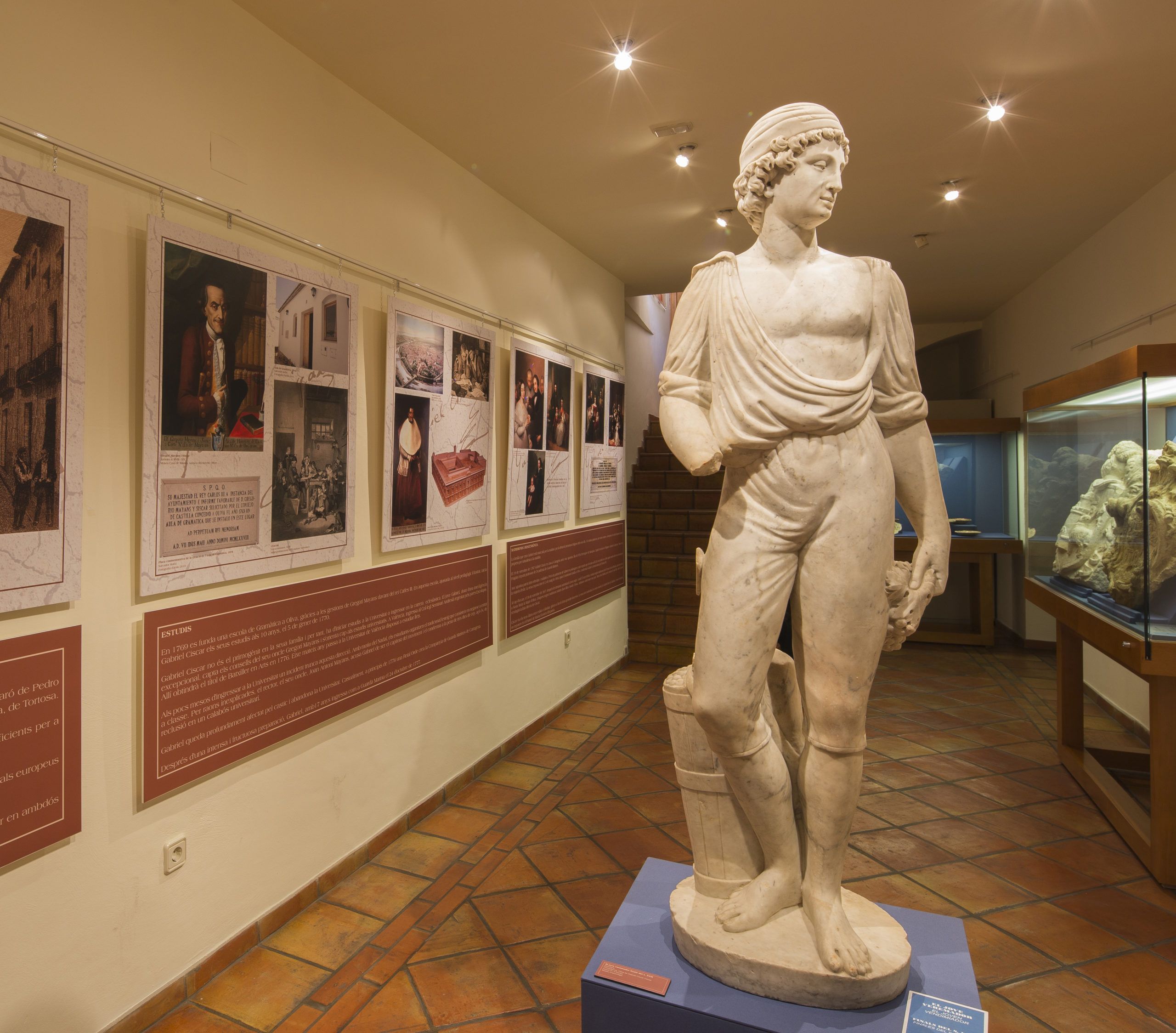Oliva
The tourist town of Oliva has many things to offer: Oliva has sun and beaches, mountains, wetlands, hot springs, Oliva has a historic centre, historical heritage, museums, sports facilities, Oliva has municipal sports facilities at the service of all, tennis, paddle tennis, sailing, football, basketball, Valencian “pelota”, heated swimming pool …, Oliva has traditional pagan and religious festivities,…
Oliva Beachs: Les Deveses, Aigua Morta, Aigua Blanca, Pau Pi y Terranova
Gastronomy:
Oliva offers the visitor a wide range of delicious dishes. The most well-known “picadetes” (snacks) include “figatells”, “fumat”, “vespa” (dried tuna with garlic and olive oil) and “Gamba amb Bleda” among many others. The most popular dishes include “cocas a la calfó”, “pastissets de mida”, stuffed aubergines, “espencat”, “pebreres farcides” (peppers stuffed with rice), “espardenyà” and “arròs caldós amb fesols i naps”.
Places of interest:
Beaches. Oliva is set in a privileged location on the Mediterranean, with many splendid beaches that are known throughout Europe for their natural beauty and unparalleled quality. These characteristics, combined with the warm climate and an excellent range of services, make the beaches of Oliva a preferential destination for holidaying all year round. The local dunes represent our beaches’ main defence: a living system in constant motion, of great beauty and fragility. Oliva Town Council, aware of there uniqueness, has implemented the Environmental Management System (UNE EN ISO 14001: 1996), in order to publicize the importance of the dune ecosystem and promote respect towards the same. The safeguarding of the dune ridges is the best guarantee for the preservation of the dynamic equilibrium of the beaches and their undeniable natural beauty.
Churches of Saint Mary Major (18th century) and Saint Roche (18th/19th centuries)
Hermitage of Saints Anthony (18th century)
Gate-Hermitage of Saint Vincent (18th century)
Saint Roche Abbey House (16th/18th centuries)
Remains of wall (15th/16th century)
“Aula de Gramática” (18th century)
The houses of the Calvary (beginning of the century). Gothic window of County palace (16th century).
Chapel of Our Lady of Rebollet (17th century) in the Church of the Carmelites.
Municipal market
House of Gregorio Mayans (18th century) in Calle Mayor, 12
“La Cova” (18th century) in Calle Mayor, 10
The Gate of the Virgin Mary (18th century)
Saint Mary Abbey House (18th century)
“Dels Rajolars” chimneys (brick factories)
Ruins of Santa Anna Castle (12th/14th centuries)
“Engeny del sucre” (sugar factory. 16th century)
The landscape of the Hermitage of Saint Anthony (16th/17th century)
Castellar (remains of Iberian settlement and necropolis)
“Cavall Bernat “, “L’Elca”, the “Salada”, “Garrofer” and “Olmo”, “El Pla” and “Montanyars Platja” springs.


